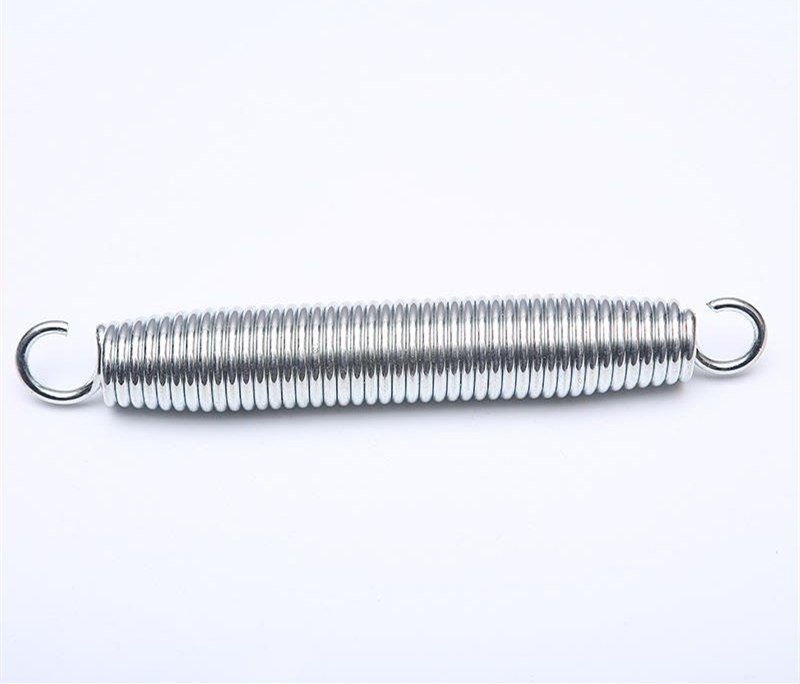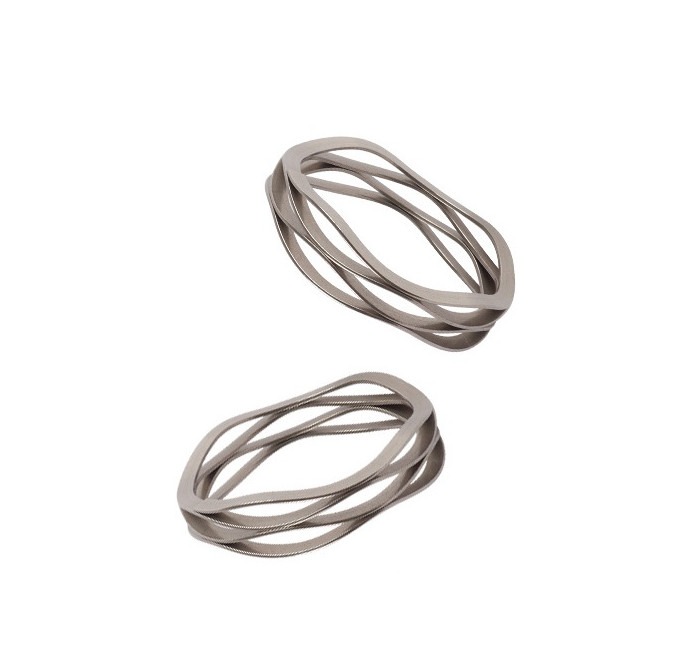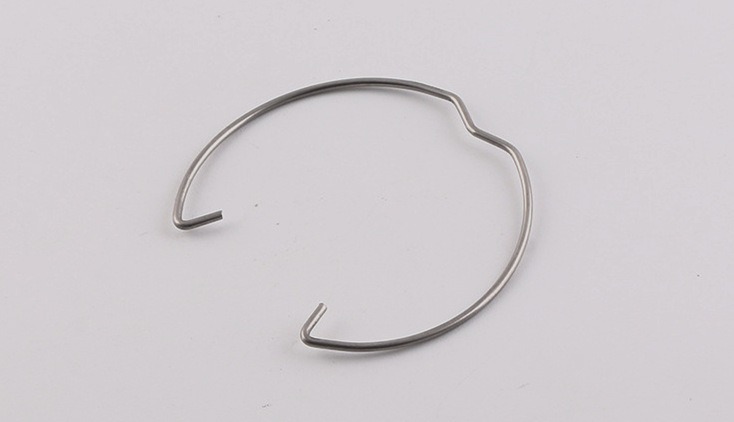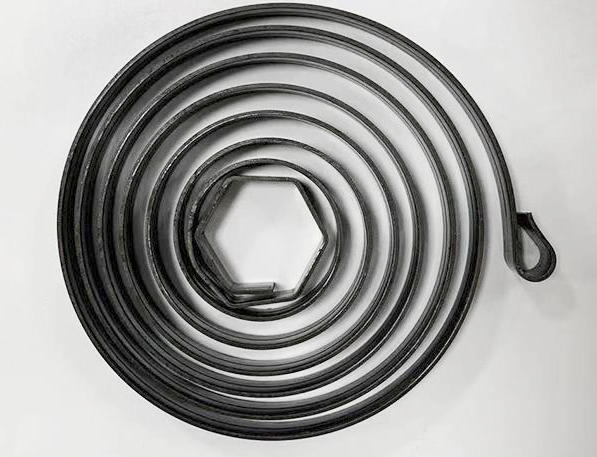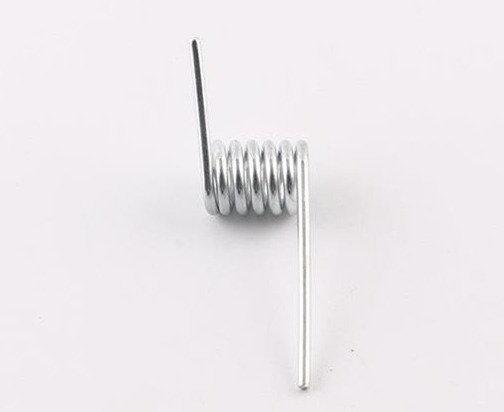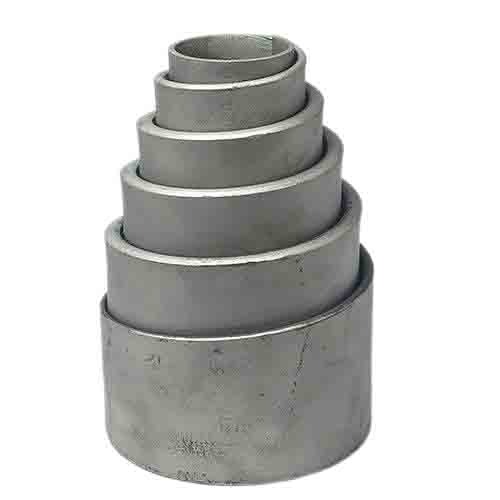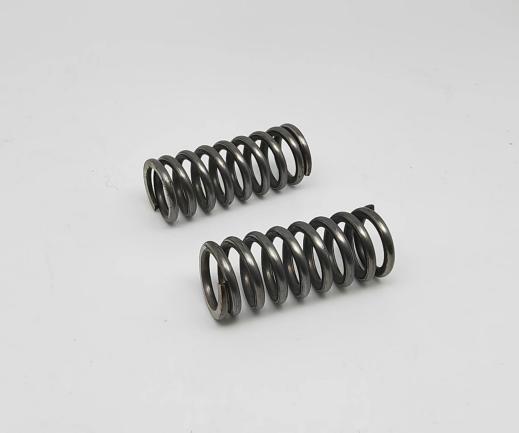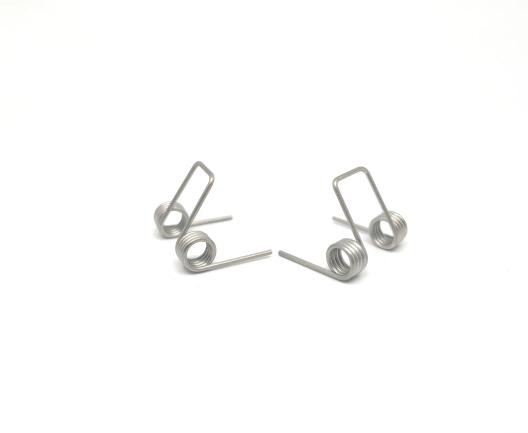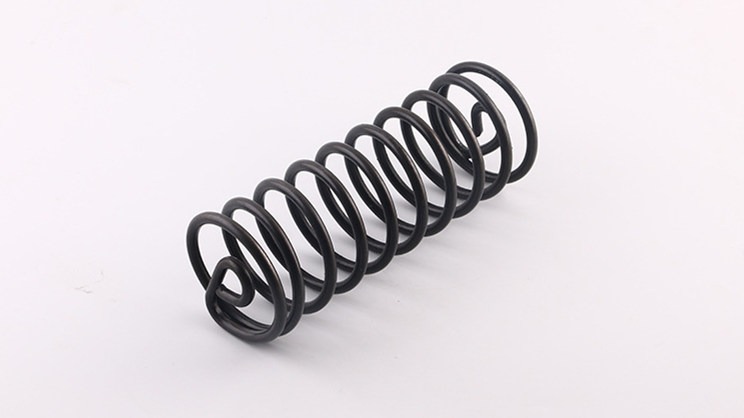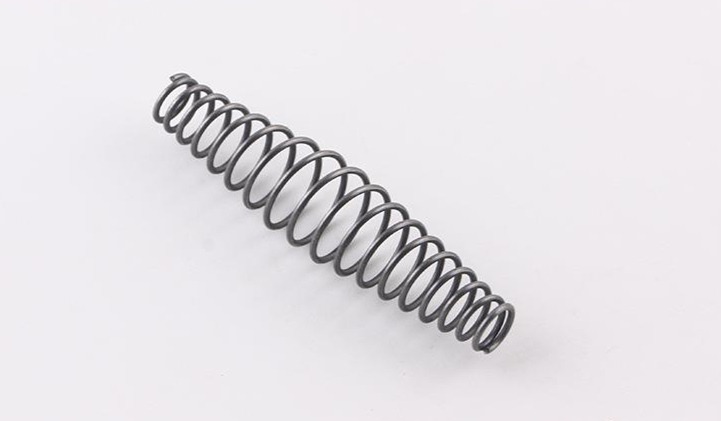What are Volute Springs
Volute springs are a type of compression spring that is made from a flat strip of material that is wound in a conical shape. The coils of the spring overlap each other and are guided radially by each other during compression, thus giving the spring stability against buckling that cannot be achieved with conventional compression springs. By using this type of spring, it’s possible to achieve shorter installation lengths than compression springs. It all depends on forces and dimensions.
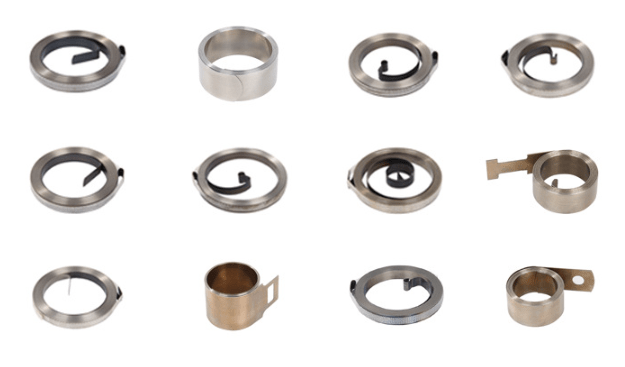
Basic Introduction of the Volute Springs
Volute springs are also known as conical springs or pagoda springs. They are typically made from spring steel, stainless steel, or phosphor bronze. The thickness of the spring material can vary from 1 mm or less up to about 32 mm. Large volute springs can support loads up to 500 kN.
Working Principle and Characteristics of Volute Springs
Volute springs work on the principle of compression. When a force is applied to the spring, the coils are compressed and the spring shortens in length. The amount of force required to compress the spring is proportional to the spring’s stiffness, which is determined by its material, thickness, and dimensions.
Volute springs are characterized by their high load capacity, short installation length, and resistance to buckling. They are also relatively frictionless, which makes them well-suited for applications where high cycling frequencies are required.
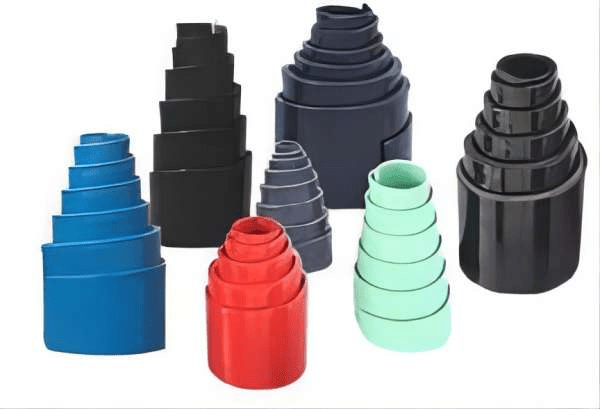
Various Applications of Volute Springs
Volute springs are used in a wide variety of applications, including:
- Suspension systems: Volute springs are often used in the suspension systems of vehicles, such as cars, trucks, and motorcycles. They help to absorb road vibrations and shocks, providing a smoother ride for passengers.
- Low-load positions: Volute springs are also used in low-load positions, such as in the hinges of doors and other automatic products. In these applications, the springs provide a gentle force that helps to keep the product in its desired position.
- Comparison with other types of springs: Volute springs are often compared to other types of springs, such as helical springs and leaf springs. Helical springs are more common, but they can be more prone to buckling. Leaf springs are more resilient, but they are also more bulky. Volute springs offer a good compromise between these two types of springs.
- Frictionless nature of volute springs: Volute springs are relatively frictionless, which makes them well-suited for applications where high cycling frequencies are required. This is because the coils of the spring do not rub against each other during compression.
- Selection considerations for extended usage period: When selecting a volute spring for an application, it is important to consider the spring’s load capacity, stiffness, and frictional characteristics. The spring should also be made from a material that is corrosion-resistant and has a long fatigue life.
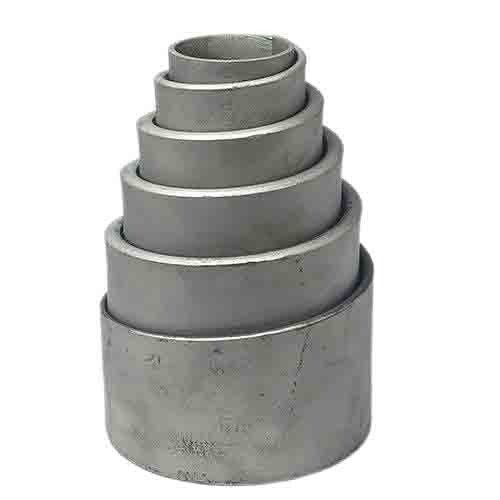
Six Functions of Volute Springs
Volute springs can be used for a variety of functions, including:
- Measurement: Volute springs can be used for measurement purposes, such as in the production of coil spring scales. The spring’s elongation or contraction is proportional to the external force applied to it, which can be used to measure the force.
- Compression: Volute springs can be used for compression purposes, such as in electrical switches. The spring helps to improve the contact between the switch’s contacts, preventing increased resistance and heat generation. Volute springs are also used in a variety of other devices, such as door hinges and automatic products.
- Reset: Volute springs can be used to reset a device to its original state after an external force has been applied. This is useful in applications such as door hinges and automatic products.
- Driving: Volute springs can be used as a driving mechanism in mechanical clocks and wind-up toys. The spring stores elastic potential energy, which is then converted into kinetic energy to drive the clock or toy.
- Cushioning: Volute springs can be used to cushion vibrations and shocks. This is useful in applications such as vehicle suspension systems and machinery.
- Vibration and sound generation: Volute springs can be used to generate vibration and sound. This is useful in applications such as musical instruments and noisemakers.
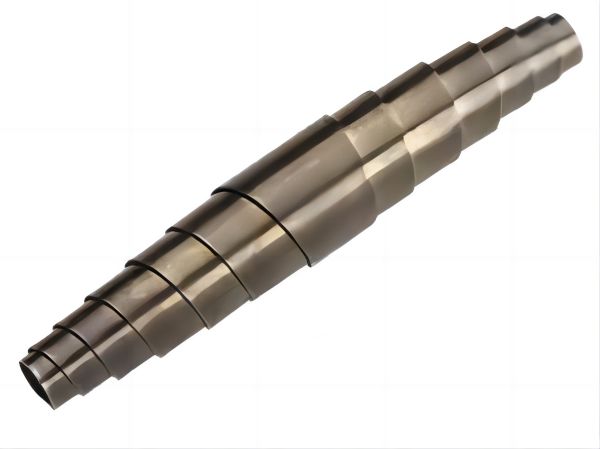
Conclusion
Volute springs are versatile components that can be used for a variety of functions. They are characterized by their high load capacity, short installation length, and resistance to buckling. Volute springs are also relatively frictionless, which makes them well-suited for applications where high cycling frequencies are required. The six functions of volute springs are measurement, compression, reset, driving, cushioning, and vibration and sound generation. Volute springs are an important component in a wide variety of industries, including automotive, aerospace, and manufacturing. If you are looking for volute spring manufacturer for business cooperation, KENENG is a good choice.

